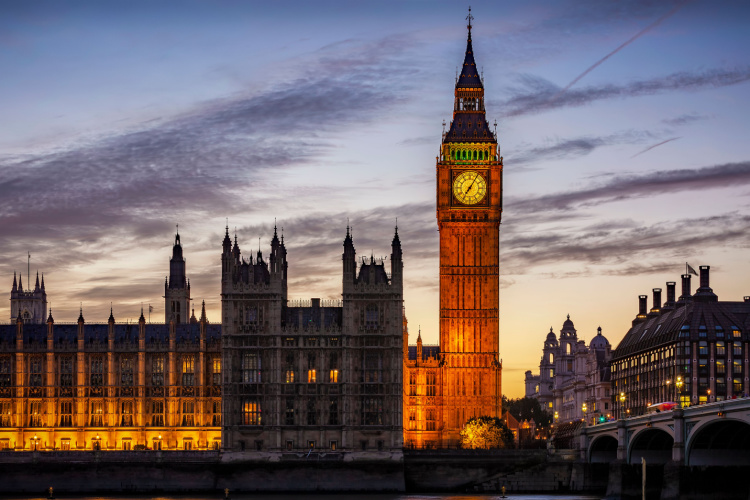Article posted 3 Oct 2012
The world’s central banks are easing their monetary policies again, and marked their September return from holidays by taking decisive action.
First out of the blocks was Mario Draghi, who had earlier promised that the European Central Bank (ECB) would do ‘whatever it takes’ to save the euro. He announced that the ECB would buy the bonds of governments that requested assistance ‘without limit’. However, the governments (Spain and Italy are in the sights) must first ask for help and accept the associated bail-out conditions imposed. So Mr Draghi may not spend a single cent.
Next came Ben Bernanke at the US Federal Reserve (the ‘Fed’), who launched a third round of quantitative easing (QE) and revealed that short-term rates were likely to remain between 0% and 0.25% until ‘at least…mid-2015’. Unlike previous rounds of QE, the latest version will be open-ended, with $40 billion a month being used to buy mortgage-backed securities until the Fed decides that the labour market has improved ‘substantially’.
Finally, the Bank of Japan (BoJ) revealed a ¥10 trillion extension to its own QE programme, bringing it to a total of ¥55 trillion, probably by the end of next year. The Bank of England, already in its third round of QE, left its total target at £375 billion in September, but is likely to make a fresh announcement soon as the £50 billion it allocated to QE3 runs out in November.
The news from the Fed initially boosted global share and commodity markets, as have previous rounds of QE. The ECB’s move also gave a helping hand, offering investors a little more hope that the Eurozone will not suffer a Mediterranean meltdown. However, concerns did surface that the world’s central bankers were over-emphasising the need for economic stimulus and ignoring the potential inflationary effects of their money printing. Across the Atlantic, the inflation expectations of bond investors rose to their highest level in over six years.
One message from all of last month’s central bank action is that short-term interest rates look set to stay where they are for at least the next three years. Rates will not start rising until the developed economies are clearly growing again.





